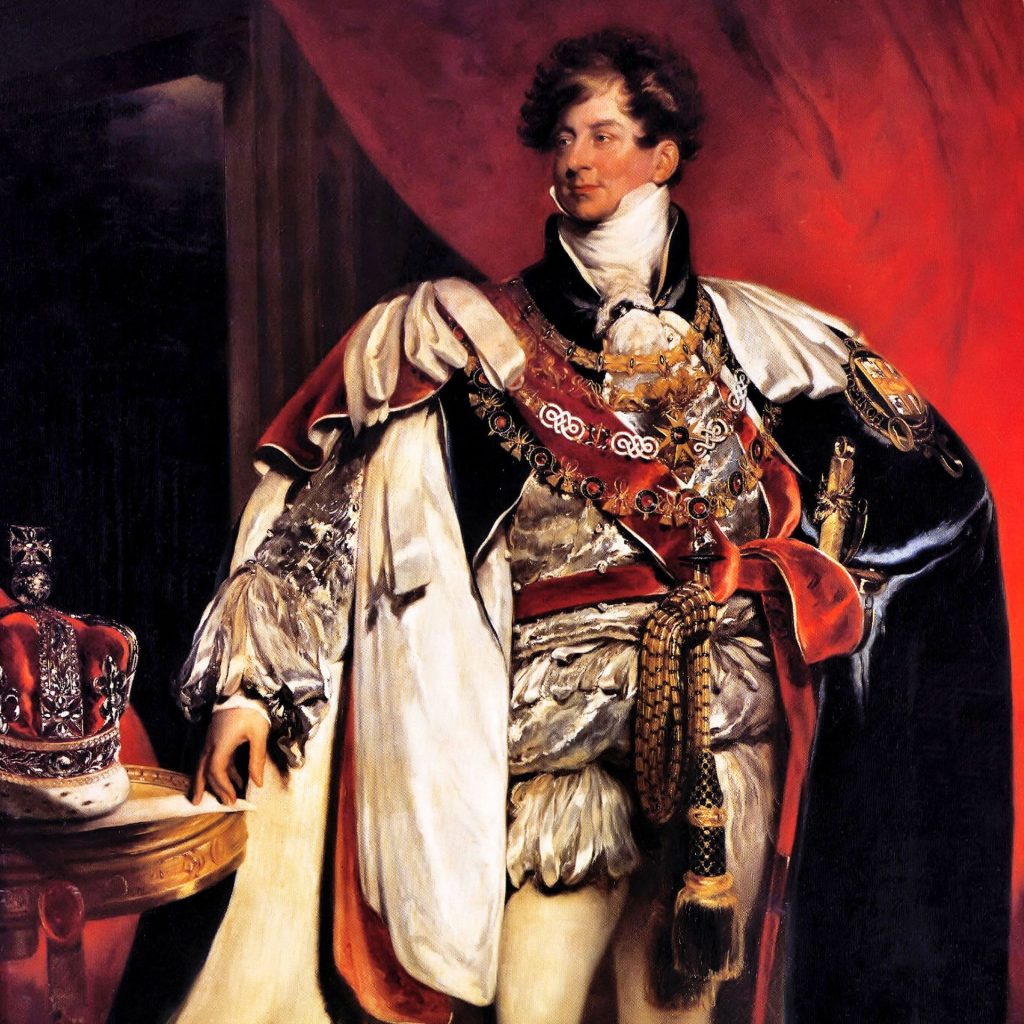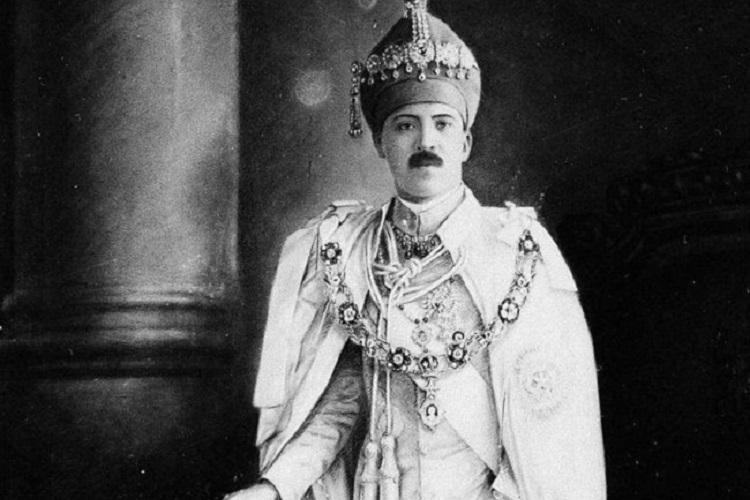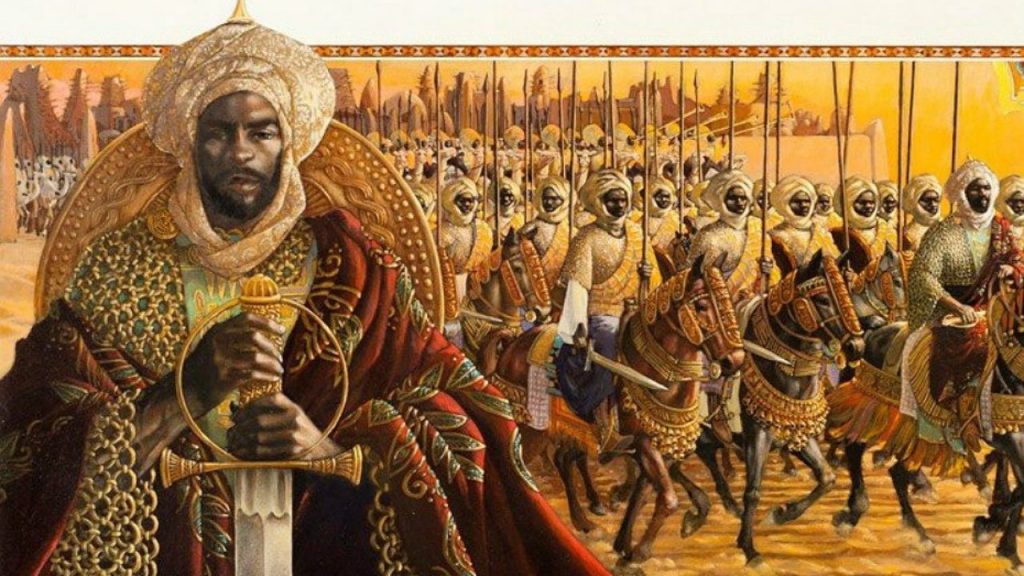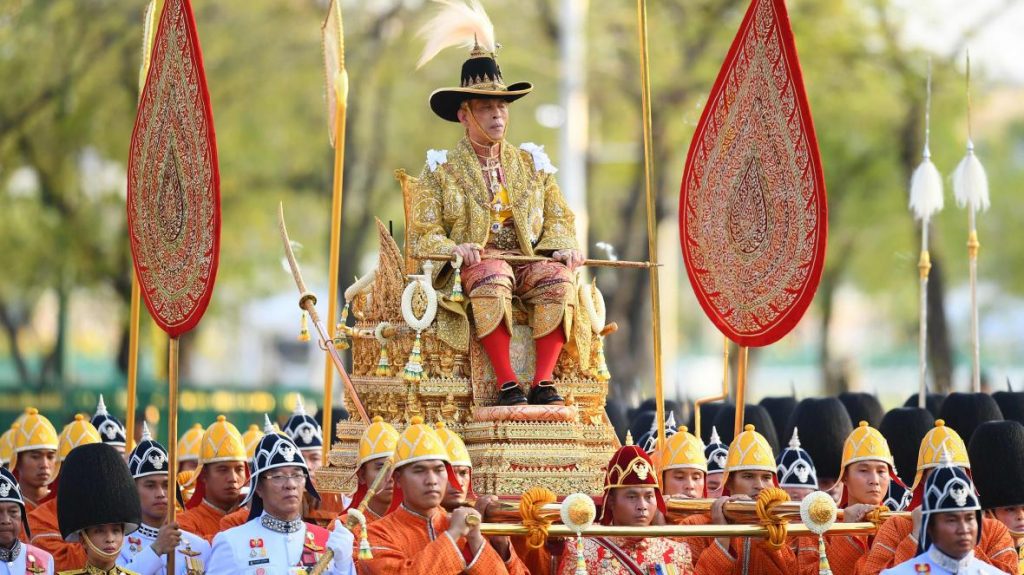For thousands of years being a member of a royal household has meant living in extravagance. Lavish palaces, resplendent jewellery, sumptuous garments and grand parties are the norm. But what happens when the extravagance is taken too far?
History is filled with stories of royal leaders that have perhaps overindulged in their privileges – spending huge sums of money and often leaving behind grand symbols of their rule. DDW takes a look at some of history’s grandest bon vivants and their expensive legacies:
George IV of England

The British press has a long tradition of scolding royals for lavish spending (Princes Charles and Andrew’s travel expenses and Prince Harry’s homes a few glaring examples) but few members have ever lived up to the public vitriol more than George IV of England. Nicknamed the “Prince of Whales” for his outsized personality and precarious penchant for the finer things – as a prince George lived constantly on the edge of bankruptcy, spending with abandon from a young age and surviving off of bailouts from the government and his father, the King (George III). He is said to have bought extravagances in bulk – buying 74 gloves and 36 ponds of perfume at a time.
Later in life, when he ascended the throne as George IV, he threw grand banquets in his own honour and went on a palace shopping spree; buying and building Buckingham Palace (then Buckingham House), Windsor Castle (the house who’s name was later adopted as the royal surname to replace the less popular original Germanic name of Saxe-Coburg-Gotha), Carlton House (his favourite) and Brighton Pavilion (a lavish pleasure palace by the beach).
Throughout his tenure as King, George IV left a large strain on the economy due to his out of control spending (much of which was supplemented with increased tax revenue)- however, thankfully he did leave behind some of the nation’s most prized buildings and art collections.
The Nizam of Hyderabad

A the time of its independence, India was composed of 565 independent principalities, all of which agreed to band together and create a new nation – with the exceptions of the Nizam-ruled states of Hyderabad and Bhopal and of Junagadh (which joined Pakistan) and Kashmir (which remained independent).
The Royal Nizam controlled the land-locked state of Hyderabad, and had a legendary wealth with vast amount of land and precious resources. The UK newspaper ‘The Independent’ estimated that between 1886–1967 the Nizam’s wealth amounted to a staggering £236 Billion, certainly making him one of history’s wealthiest.
However, the Nizam Nawab Sir Mir Osman Ali Khan Siddiqi, was a complex royal who espoused a rare combination of incredibly lavish spending and miserly spendthrift. He created some of India’s most stunning private palaces, gifted five tonnes of gold to the new Indian state to finance a battle with China, insisted on only using solid gold phones and is said to have used a flawless 184.5 diamond as a paperweight. Nevertheless, he contrasted this outlandishness with a tight purse string, eatting only on tin plates, begging his guests for cigarettes (never buying any of his own) and wearing the same hat for 35 years (refusing to buy a new one).
In the end, the Nizam lost his empire in 1948 with India’s reintegration – forcing him into exile, leaving with “9 wives, 42 keeps, 200 children and 300 servants”, leaving many confused on his seemingly schizophrenic approach to expenditure.
Mansa Musa of Mali

Considered to be the wealthiest man to have ever lived, Mansa Mula ruled over the vast Islamic West African empire of Mali for 25 years. Although he died after a relatively short tenure as its leader, under his reign Mali expanded its borders considerably and became a hugely rich in gold, salt and international trade.
Musa’s own worth was estimated at roughly $400 billion (although precise estimates are impossible to quantify) and he was not afraid to splash out. He lined the streets with gold and salt and was an avid patron of the sciences and the arts, but where he excelled as an eccentric royal was on his trip to Mecca. As a devout Muslim, Mansa Musa was committed to completing his pilgrimage to Mecca – so in 1324 he set out to Saudi Arabia with 60 000 servants dressed in Persian silk and gold thread and 80 camels carrying 300 pounds of gold each (estimated at $1.5 billion today).
However, even this outlandish amount of gold was not enough for Mansa Musa and he eventually ran out of money, spending it all on gifts, jewels, women, clothes and supplies. The impact of his spending was felt far and wide, so much so that the global price of gold dropped for many years after – causing inflation and depreciation.
King Maha Vajiralongkorn

Vajiralongkorn Borommachakkrayadisonsantatiwong Thewetthamrongsuboriban Aphikhunuprakanmahittaladunladet Phumiphonnaretwarangkun Kittisirisombunsawangkhawat Borommakhattiyaratchakuman or King Maha Vajiralongkorn ascended to the throne of the Kingdom of Thailand in 2016. He has a personal networth estimated at £46 billion and is considered the richest living royal in the world (beating out Sultan Hassanal Bolkiah of Brunei in 2nd place at £28 bn and King Salman bin Abdul Aziz al-Saud of Saudi Arabia in third at £18 bn).
Vajiralongkorn’s wealth is said to be concentrated around his property holdings in his native Thailand but his expenditure is certainly global. He holds a fleet of 38 private jets which include multiple 747s (he flies his own), a 546.67-carat brown diamond (The Golden Jubilee Diamond – largest faceted diamond in the world) and a seemingly insatiable habit of buying expensive real estate around the world. This habit, paired with his 4 divorces has led to much criticism from his citizens but the King shows no signs of slowing down.
UP NEXT: Scions of fashion….


